1. Ultra-High-Vacuum Low-Temperature Scanning Tunneling Microscope (UHV-LT-STM)
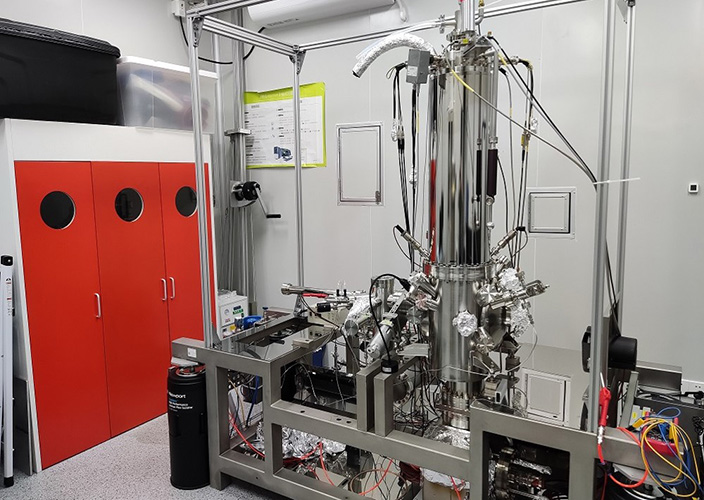
Scanning tunneling microscopy (STM) can obtain atomic-level resolution images of single molecules, surface self-assembly, and surface polymerization reaction products. Combing with scanning tunneling spectroscopy (STS), which can detect the electrical and magnetic properties of single molecules (such as molecular energy levels, spin states, ferromagnetic interactions, etc.), STM has become an effective method for molecular structure determination, understanding of precise reaction mechanisms and single-molecule manipulation.
2. Matrix-Assisted Laser Desorption-Ionization Time-of-Flight Mass Spectrometry (MALDI-TOF MS)
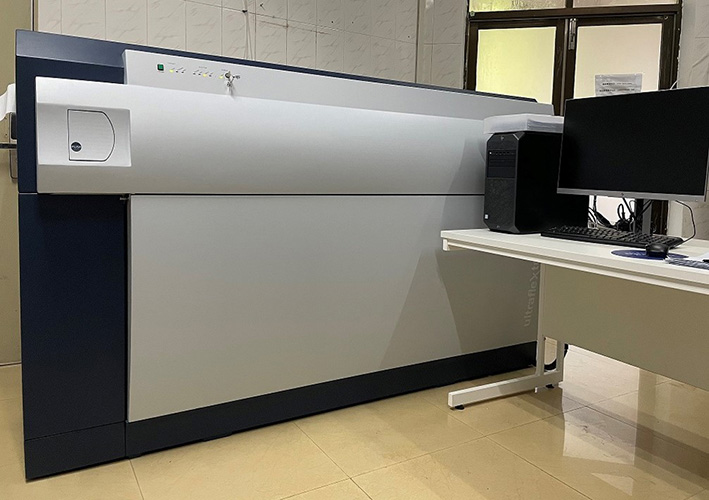
MALDI is a soft ionization technique that mainly produces the molecular ion peaks or free radical ion peaks corresponding to the analytes. As a result, the resulting mass spectra are usually simple and thus easy to analyze. It features high sensitivity, rapid data collection, and only requires a small amount of sample (10 µL) for each test. MALDI is suitable for the analysis of a broad spectrum of analytes in that it can analyze not only small molecules with low molecular weight but also compounds with high molecular weight (e.g., biomacromolecules). Furthermore, MALDI is capable of analyzing water-soluble compounds, lipophilic compound or even those compounds being not soluble in any solvents.
3. 500 MHz Nuclear Magnetic Resonance spectrometer (500 MHz NMR)
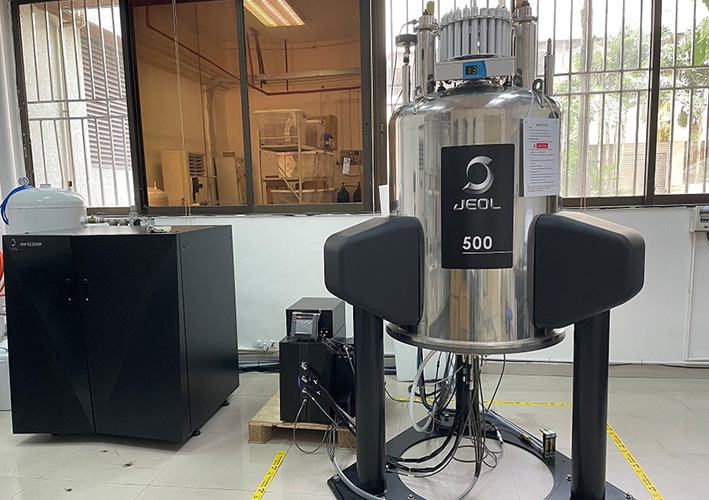
Nuclear Magnetic Resonance (NMR) spectroscopy is a technique based on the paramagnetic relaxation (a phenomenon first proposed by the Dutch physicist, Cornelius J. Gorter, in the mid-20th) which was later invented by two American physicists, Felix Bloch and Edward Purcell. NMR spectroscopy is one of the most important contemporary approaches for sample testing and analysis, and structural determination. It is widely applied in the context of biology, medicine, metabolomics, materials, chemistry, chemical and petroleum engineering, food, organic synthesis, among others. NMR spectroscopy plays a vital role in determining the structures of chemical substances; it can be also applied to study the kinetics or mechanism of chemical reactions, the interactions between specific molecules in solution, as well as the quantitative analyses of simple mixtures.
4. Electrospray Ionization Time-of-Flight Mass Spectrometry (ESI-TOF MS)
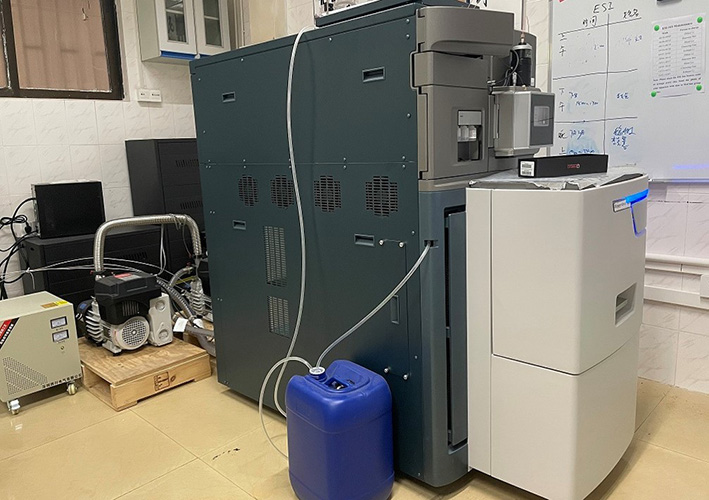
High-resolution ion mobility mass spectrometer (Waters Synapt G2-Si, equipped with both ESI and MALDI ionization sources) uses ESI-TOF in conjunction with highly efficient T-Wave ion mobility techniques, which is capable of separating organic molecules or coordination supramolecules on the basis of their size and shape, thereby allowing for better separation and determination of molecular weight for these analytes. The dual collision cell arrangement enhances MS/MS possibilities by providing Collision Induced Dissociation (CID) fragmentation with high resolution and accurate mass measurements. As a result, it offers the highest levels of selectivity, specificity, sensitivity, and structural insight.
5. Gel Permeation Chromatography (GPC)
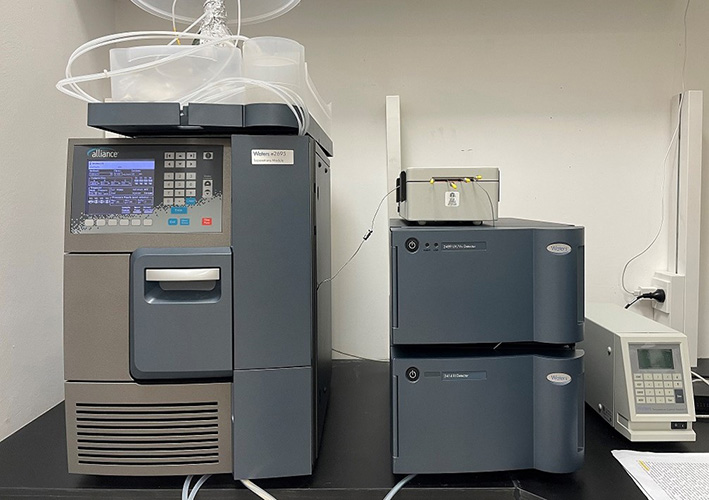
Gel Permeation Chromatography (GPC) can not only be used to separate and characterize small molecules but also be applied to analyze homologous series of polymers with same chemical properties but different molecular volume (polymers are separated by the column according to their hydrodynamic volume). Model: Alliance e2695, HSPgel RT 4.0 (chloroform) column.
|
Visitors
|